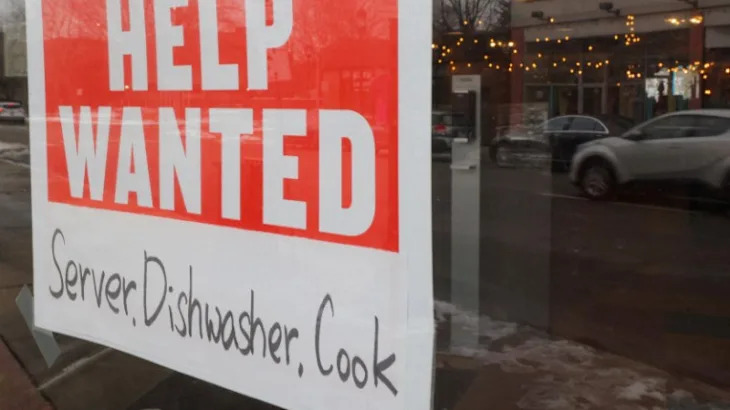
US labor market shows resilience before trade tensions escalation
By Lucia Mutikani
WASHINGTON (Reuters) -The U.S. economy added far more jobs than expected in March, but President Donald Trump's sweeping import tariffs could test the labor market's resilience in the months ahead amid sagging business confidence and a stock market selloff.
The Labor Department's closely watched employment report on Friday suggested steady momentum in the economy before the Trump administration's reciprocal duties announced this week, which unleashed threats of retaliation and rattled global financial markets. China on Friday announced a slew of countermeasures.
"This is a drop of good news in a sea of uncertainty, a footnote given the barrage of activities this week," said Olu Sonola, head of U.S. economic research at Fitch Ratings. "However, this is looking in the rear-view mirror, next month's jobs report will be more consequential."
Nonfarm payrolls increased by 228,000 jobs last month after a downwardly revised 117,000 rise in February, the Labor Department's Bureau of Labor Statistics (BLS) said.
Economists polled by Reuters had forecast payrolls advancing by 135,000 jobs after a previously reported 151,000 rise in February. Estimates ranged from 50,000 to 185,000. Part of the rise in payrolls was a rebound after freezing temperatures curbed activity in January and February.
Payrolls were also boosted by the return of about 10,000 striking supermarket workers. The healthcare sector continued to dominate employment growth, adding 54,000 jobs in ambulatory services, hospitals as well as nursing and residential care facilities. Social assistance payrolls increased 24,000.
Retail employment rebounded by 24,000 jobs, while transportation and warehousing added 23,000 jobs as demand for couriers and messengers as well as truck transportation workers offset warehousing and storage job losses.
Federal government payrolls declined by only 4,000 jobs after decreasing 11,000 in February.
Tech billionaire Elon Musk's Department of Government Efficiency, or DOGE, has taken a chainsaw to the public workforce as part of a radical campaign by the Trump administration to cut spending and downsize the government.
But courts have ordered the reinstatement of thousands of workers, while some have been put on administrative leave and others have opted for deferred resignations, making it difficult to track the job cuts.
The BLS said employees on paid leave or receiving ongoing severance pay are counted as employed, explaining the modest decline in federal government layoffs.